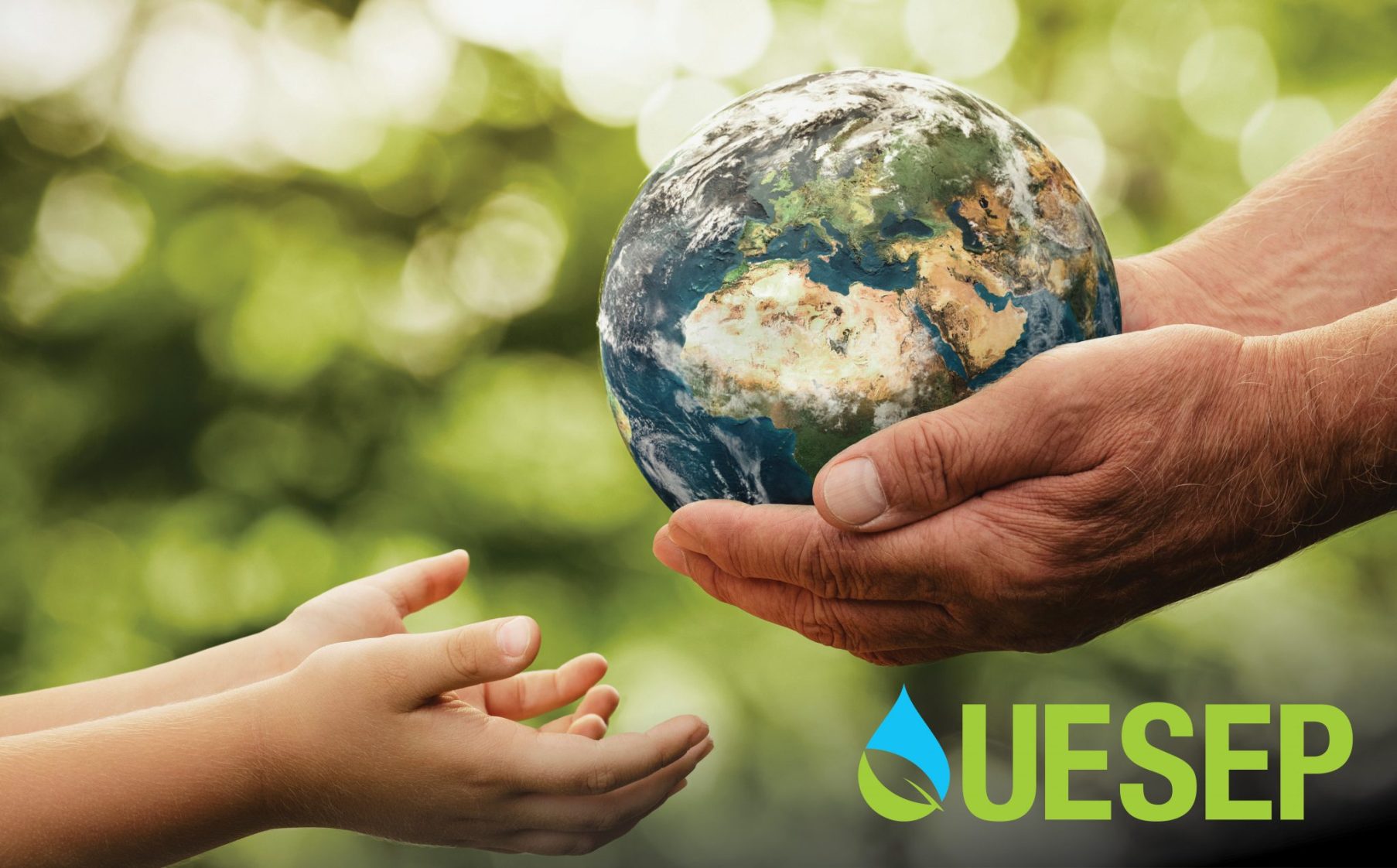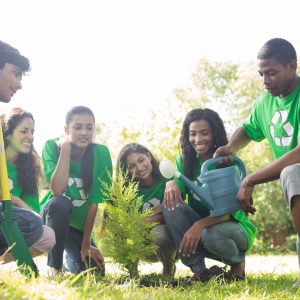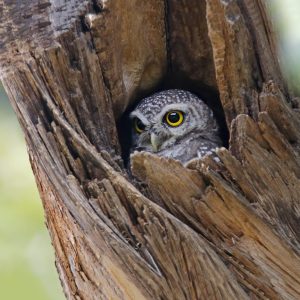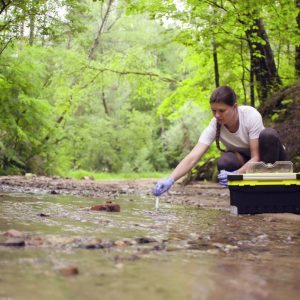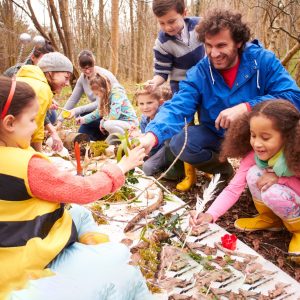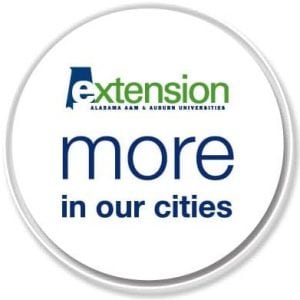Business & Community

Conserve. Prepare. Protect.
UESEP seeks to improve citizen appreciation for science and to enhance their understanding of the environment. Providing environmental education is key to advances in conservation and to avoiding the long‐term consequences associated with poor environmental stewardship and management of our natural resources.
What is UESEP?
- UESEP is the acronym for Urban Environmental Science Education Program.
- UESEP is an interdisciplinary approach to environmental education.
- This program provides adults and youth with natural resource conservation strategies that lead to improved environmental awareness and stewardship.
UESEP is Online
UESEP offers online learning experiences for youth, educators, environmental professionals, and nature-lovers. Join the team for a public session or reserve a private online series for your youth group, classroom, or professional organization.
UESEP Components
UESEP consists of three different components that can be mixed and matched to create a large program series or taken individually depending on interest: Camp Conservation, Engaging Citizens through Environmental Education, and Youth Exploring Environmental Science.
- Camp Conservation – The Camp Conservation component is an is an “on-site” or online field trip alternative for youth to experience environmental science education that focuses on green issues currently facing urban communities.
- Engaging Citizens through Environmental Education – The Engaging Citizens through Environmental Education component adapts programs regionally across the state, focusing on wildlife recovery and sustainability, GPS and geocaching, disaster preparedness, and urban forestry and ecological processes.
- Youth Exploring Environmental Science – The Youth Exploring Environmental Science component is an in-school or after-school program that pairs hands-on learning experiences with school curricula for a better understanding of environmental science issues.
Contact
Contact a member of the team to share your interest in joining a future in-person or online workshop. They can customize the workshops to meet the needs of your group, professional organization, or classroom. Alabama Extension serves all 67 Alabama counties. If your county isn’t listed below, contact the nearest county on the list or the program specialist in the state office.
State Office, Alabama A&M University
Karnita Garner, Wildlife & Natural Resources Specialist
Office: (256) 372-8331 Email: kfg0003@aces.edu
Urban Centers–UESEP Program
| City | Office | Educator | Phone Number | |
|---|---|---|---|---|
| Birmingham | C. Beaty Hanna Horticulture & Environmental Center | Bronson Lubresky | (205) 879-6964 | brl0015@aces.edu |
| Huntsville | Alabama A&M University | Karnita Garner | (256) 372-8331 | kfg0003@aces.edu |
| Mobile | Mobile County Extension Office | Joel Potter | (251) 574-8445 | potterj@aces.edu |
| Montgomery | Montgomery County Extension Office | Roosevelt Robinson | (334) 270-4133 | robinrl@aces.edu |
| Moulton | Lawrence County Extension Office | (256) 974-2464 | ams0137@aces.edu |
This work is supported by Renewable Resources Extension Act grant no. ALAX-ACES-4816/project accession no. 101297 from the USDA National Institute of Food and Agriculture. Any opinions, findings, conclusions, or recommendations expressed in this publication are those of the author(s) and do not necessarily reflect the view of the U.S. Department of Agriculture. This institution is an equal opportunity provider.

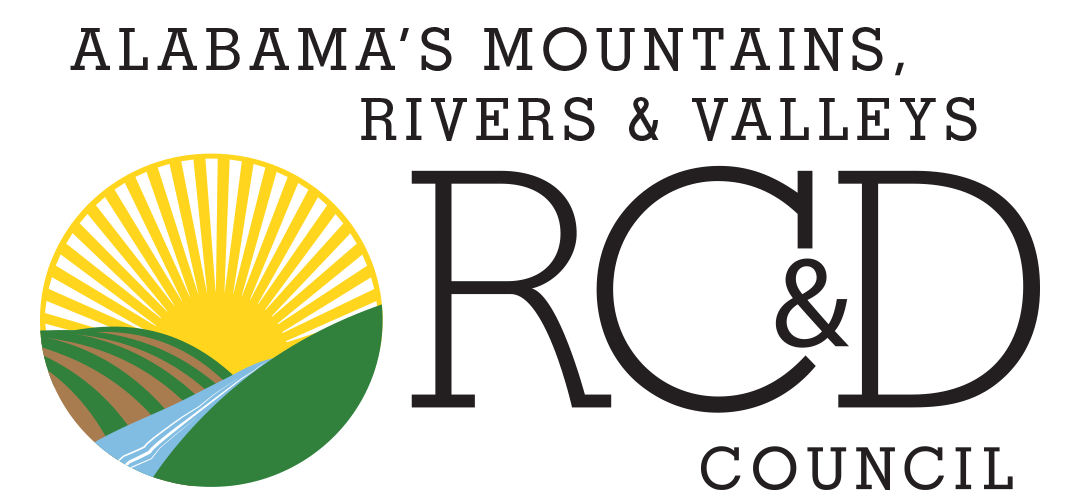
Follow the Alabama Extension at Alabama A&M Forestry, Wildlife, and Natural Resources team on Instagram @alabamanaturalresources.

